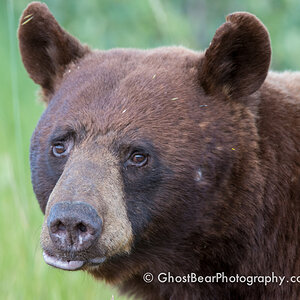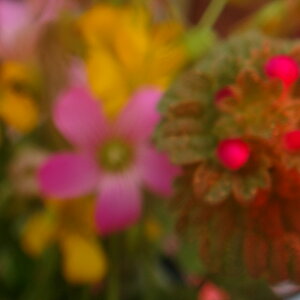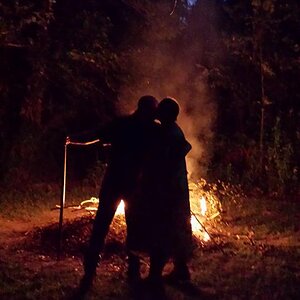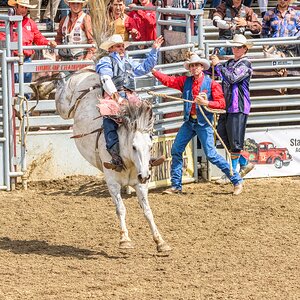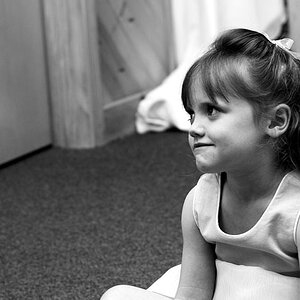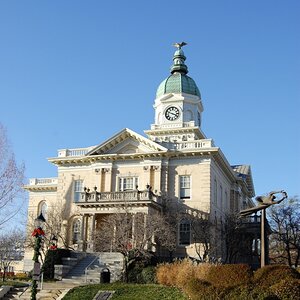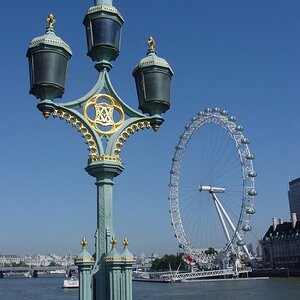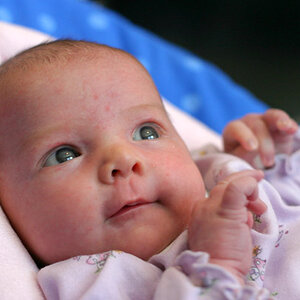Sumandira
TPF Noob!
- Joined
- Jan 30, 2011
- Messages
- 2
- Reaction score
- 0
- Location
- India
- Can others edit my Photos
- Photos OK to edit
Everyone is speaking a lot of good words about D3100. But has anyone tried it in astrophotography? Not simply moon pictures, but deep sky images also, like planets and nebulas. Of course, lens and others instruments like a tracker and if possible a good telescope with T mount ring are necessary for that, but what about the camera performance in this regard.
Anyone has any idea, please share.
Another point is worthy to be mentioned here. In astrophotography web pages. the authors are primarily mentioning Canon DSLRs instead of Nikon's. As I am slightly inclined and loyal to Nikon brand, so I am wondering whether there is really any advantages of Canon over Nikon in case of astrophotograph.
Thanks a lot in advance
Sumandira
Anyone has any idea, please share.
Another point is worthy to be mentioned here. In astrophotography web pages. the authors are primarily mentioning Canon DSLRs instead of Nikon's. As I am slightly inclined and loyal to Nikon brand, so I am wondering whether there is really any advantages of Canon over Nikon in case of astrophotograph.
Thanks a lot in advance
Sumandira


![[No title]](/data/xfmg/thumbnail/31/31035-96228fec87f6f8e8b5f3db4e93e99189.jpg?1619734580)
